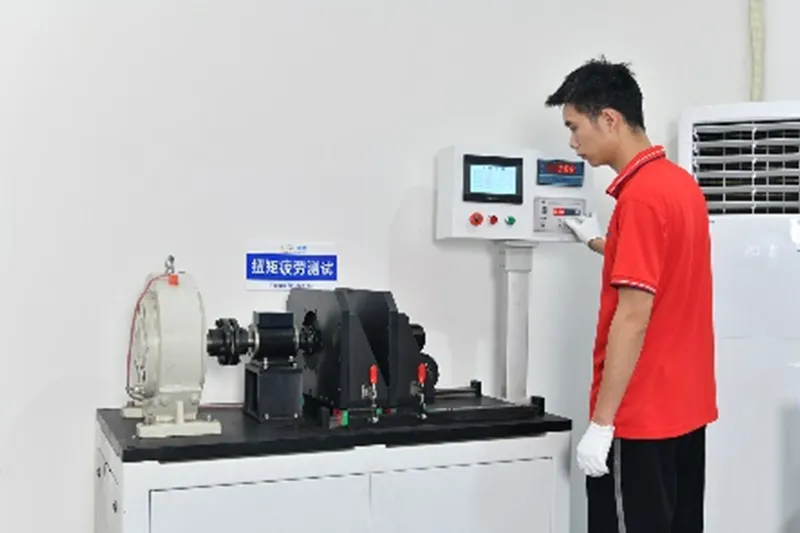Bearing Inspection
Bearing Inspection: Ensuring Smooth and Reliable Rotation
What Is Bearing Inspection?
Bearing inspection is a process used to evaluate the quality, precision, and suitability of bearings before they are assembled into planetary reducers. This includes checking for dimensional conformity, smoothness of rotation, correct preload, and absence of surface or internal defects that could compromise performance under load.


What Defines a High-Quality Bearing Inspection?
Effective bearing inspection involves:
- Visual and surface condition checks
- Dimensional verification of bore and outer diameter
- Rotation tests for smooth movement and noise
- Preload measurement and torque resistance control
Bearings must meet strict specifications to ensure longevity and stability.
Why Bearing Inspection Is Important in Planetary Reducers
Bearings support the motion of internal shafts and gear systems. Precision bearing control ensures:
- Low-friction rotation and minimal heat generation
- Stable shaft alignment under dynamic loading
- Reduced vibration and wear
- Extended reducer lifespan
Incorrect or low-quality bearings lead to premature failure and inconsistent performance.


How VIGE Performs Bearing Inspection
All bearings at VIGE are inspected before assembly using:
- Visual and dimensional gauges
- Rotational test benches for noise and friction
- Electronic preload testers
- Batch sampling and traceability protocols
Only verified bearings are used in high-precision reducer assemblies.
Additional Benefits of Bearing Inspection
Ensuring perfect bearing quality results in:
- Longer service intervals
- Improved load handling
- Better rotational accuracy for servo applications


